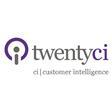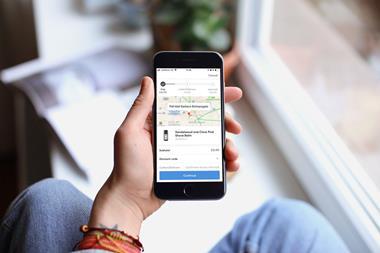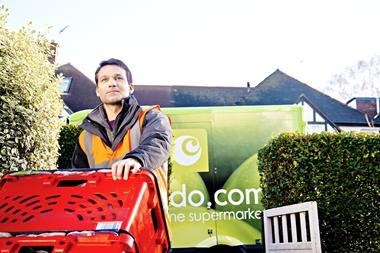With customer targeting becoming increasingly data driven, timely and focused insights can help retailers avoid strategy blind spots.
Yet evidence suggests that many big-ticket item retailers don’t fully understand customer life stages, resulting in enormous wasted expenditure.
On top of that, Brexit uncertainties will weaken consumer confidence further and the stakes have never been higher.
On average four million people move home every year, presenting retailers of high-value, low-frequency products with an unmissable golden selling opportunity.
Analysis of historical sales within this category confirms that up to 35% of all customers for such products are home-movers.
These buyers of beds, furniture, furnishings, DIY equipment, kitchens and electricals are known to want to shop in store.
Yet, what are brands doing to bring in these customers at this key time and how much budget should be re-focused on this red-hot audience to drive optimal return on investment?
1. Are you using life event data?
Richly detailed and highly granular data sets will give insights into the key milestones in people’s lives that act as purchase triggers, especially when moving home.
These insights can be used by brands to create contextually targeted marketing programmes that cut through to customers at exactly the moment they need your product.
Few retailers do it, but by combining transaction data with audience insight you will engage individual target customers in the moments that matter.
2. Do you know why your customer is moving home?
Research shows that those moving home are more than twice as likely to purchase a home-furnishing product than a non-mover.
But have you considered why consumers move? Perhaps they have changed jobs, had children, become divorced or are simply downsizing?
Through understanding what is driving the move you can understand which products the customer needs and what budget they have available.
By combining your own process data with life-stage data you will fully understand how product choice changes with time and events.
“The brands that understand that this audience needs to be communicated to in a one-to-one campaign – and break the mould of traditional media advertising – are the clear winners"
3. Have you segmented your ROI?
Attracting and retaining customers doesn’t have to be expensive or elaborate, but a sharp focus based upon comprehensive data is key to avoiding blind spots.
Retailers that have a detailed understanding of their ROI across individual market segments are not only surviving but thriving.
One out-of-town retailer combined home-mover data sets with their own customer data, segmented their market and tailored their offer, piloting different executions across selected channels.
The result? ROI of more than £20:1 on sales revenue.
4. Are you still worried about your blind spot?
Mass advertising that reaches everyone may drive footfall, but it’s masking poor ROI.
With many companies following the herd, the advantages of a data-led approach aren’t being exploited.
The brands that understand that this audience needs to be communicated to in a one-to-one campaign – and break the mould of traditional media advertising – are the clear winners.
Given Brexit uncertainty, many retailers need a new approach and it starts with taking off the blinkers.

Ian Lancaster is CEO of TwentyCi
In future Retail Voice articles we will demonstrate the enormous opportunity that awaits retailers that break free of the pack.































No comments yet